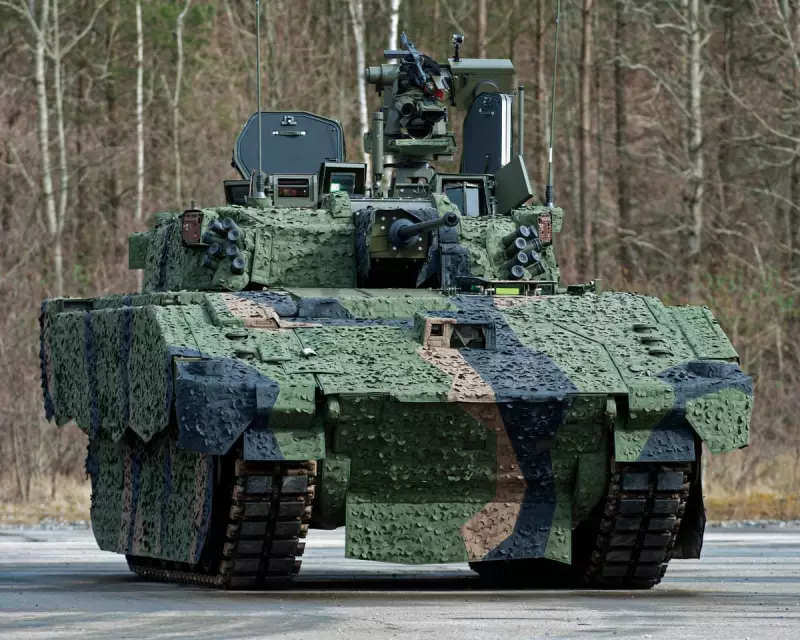
In a long-awaited milestone for British defence, the Ministry of Defence has finally taken delivery of the first operational Ajax armoured vehicles, ending an eight-year delay that plagued the controversial £5.5 billion programme.
The initial batch of these next-generation fighting vehicles has been formally accepted by the British Army, marking a significant step forward for a project that has been marred by technical failures, budget overruns, and extensive delays.
A Troubled Procurement History
The Ajax programme, originally slated for delivery in 2017, has been one of the most problematic defence procurements in recent British history. The vehicles, manufactured by defence giant General Dynamics, were intended to revolutionise the army's reconnaissance capabilities but instead became synonymous with procurement failures.
Serious concerns about excessive noise and vibration affecting crew safety emerged during testing, leading to multiple pauses in the programme and requiring extensive redesign work. These issues not only delayed deployment but also raised questions about the vehicle's operational effectiveness.
What the Ajax Brings to British Forces
Despite the rocky journey to deployment, the Ajax represents a substantial technological leap forward for British ground forces. The vehicle family includes:
- Advanced reconnaissance and surveillance capabilities
- Enhanced protection systems for crew safety
- State-of-the-art communication and targeting systems
- Multiple variants for different battlefield roles
Defence officials emphasise that the resolved vehicles now meet all necessary safety and performance standards, though some scepticism remains given the programme's troubled history.
The Road to Full Operational Capability
While this initial delivery marks a turning point, the journey to full operational capability continues. The army plans to gradually integrate the Ajax vehicles into service, with comprehensive training programmes and further testing scheduled throughout 2026.
The delayed deployment has had cascading effects on the army's modernisation plans, affecting related equipment programmes and force structure decisions. Defence analysts suggest it may take several years before the Ajax fully replaces the aging vehicles it was designed to supersede.
As British troops begin training with these new assets, all eyes will be on whether the Ajax can finally deliver on its promise to provide a world-class reconnaissance capability after nearly a decade of disappointment.





